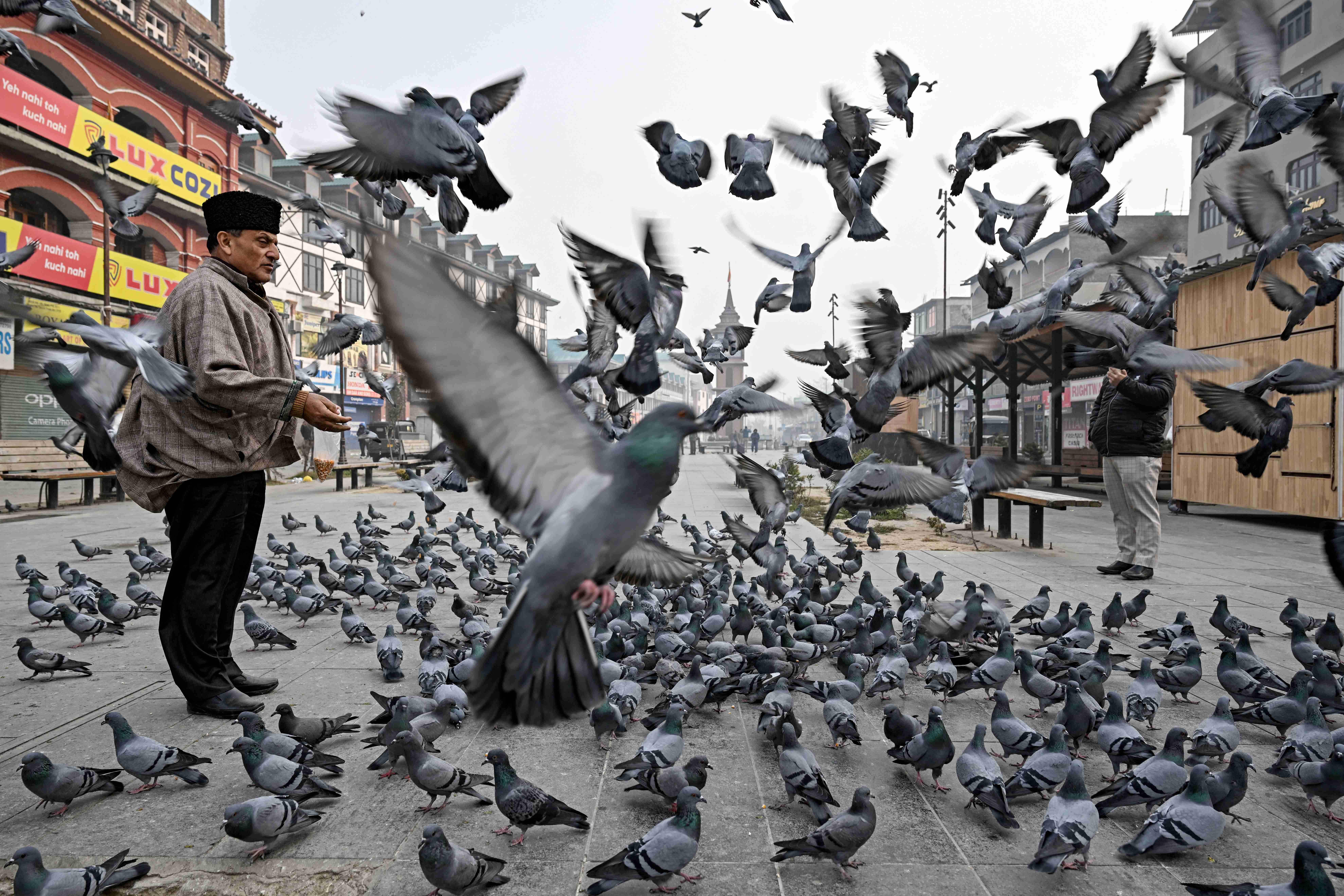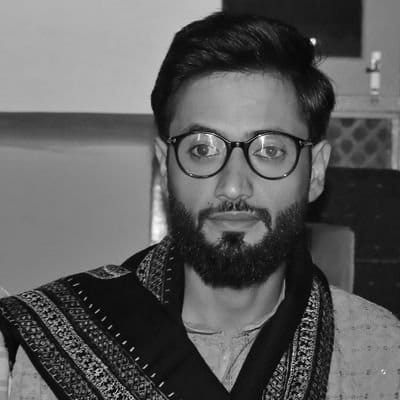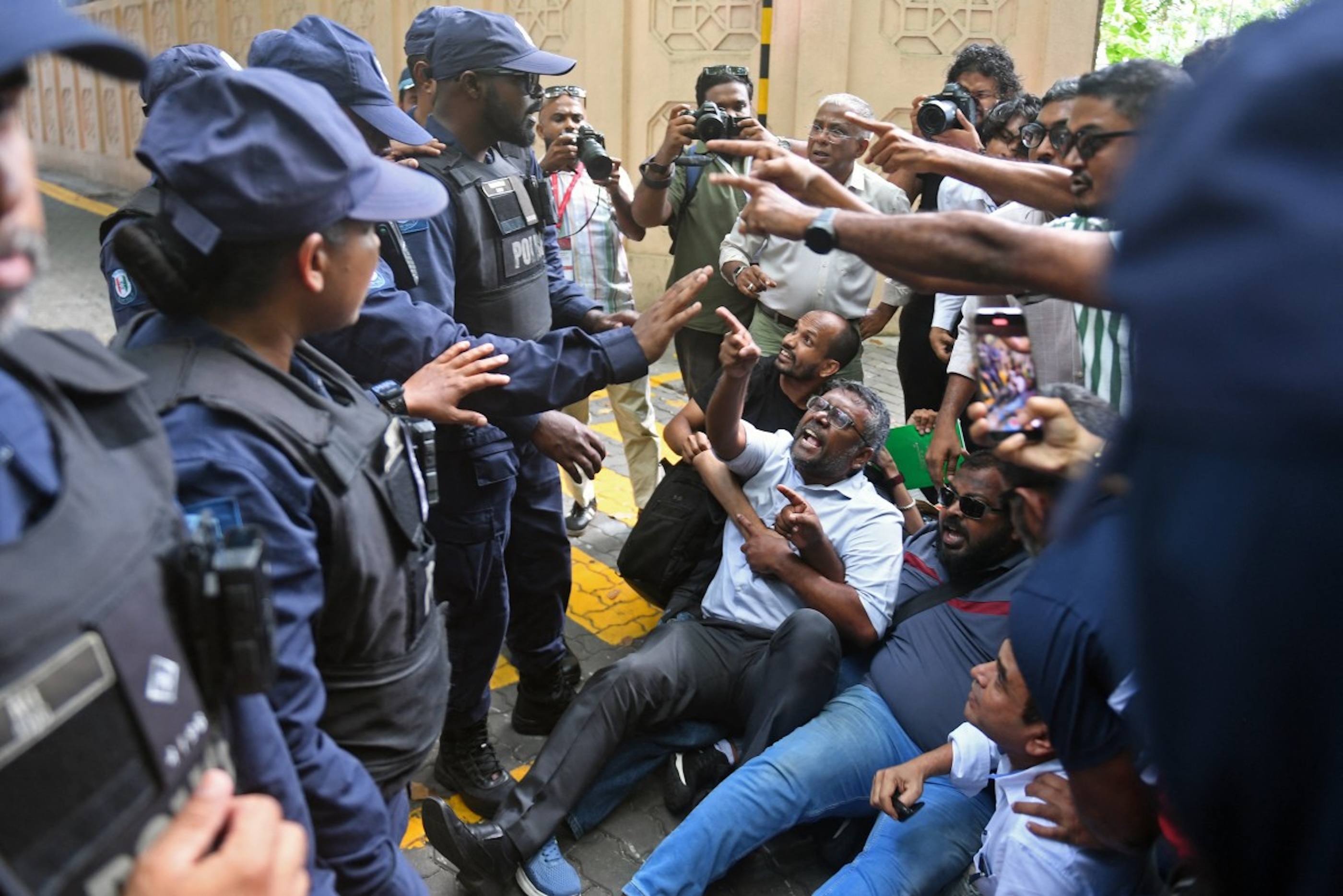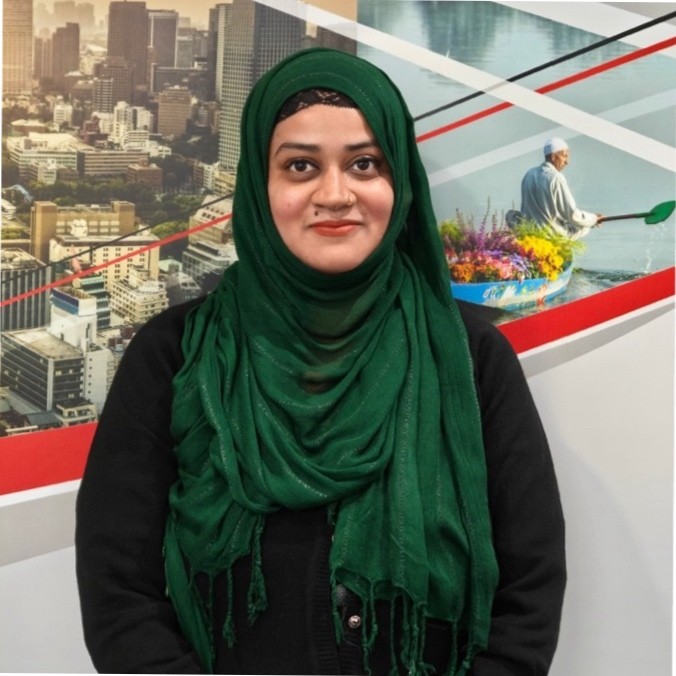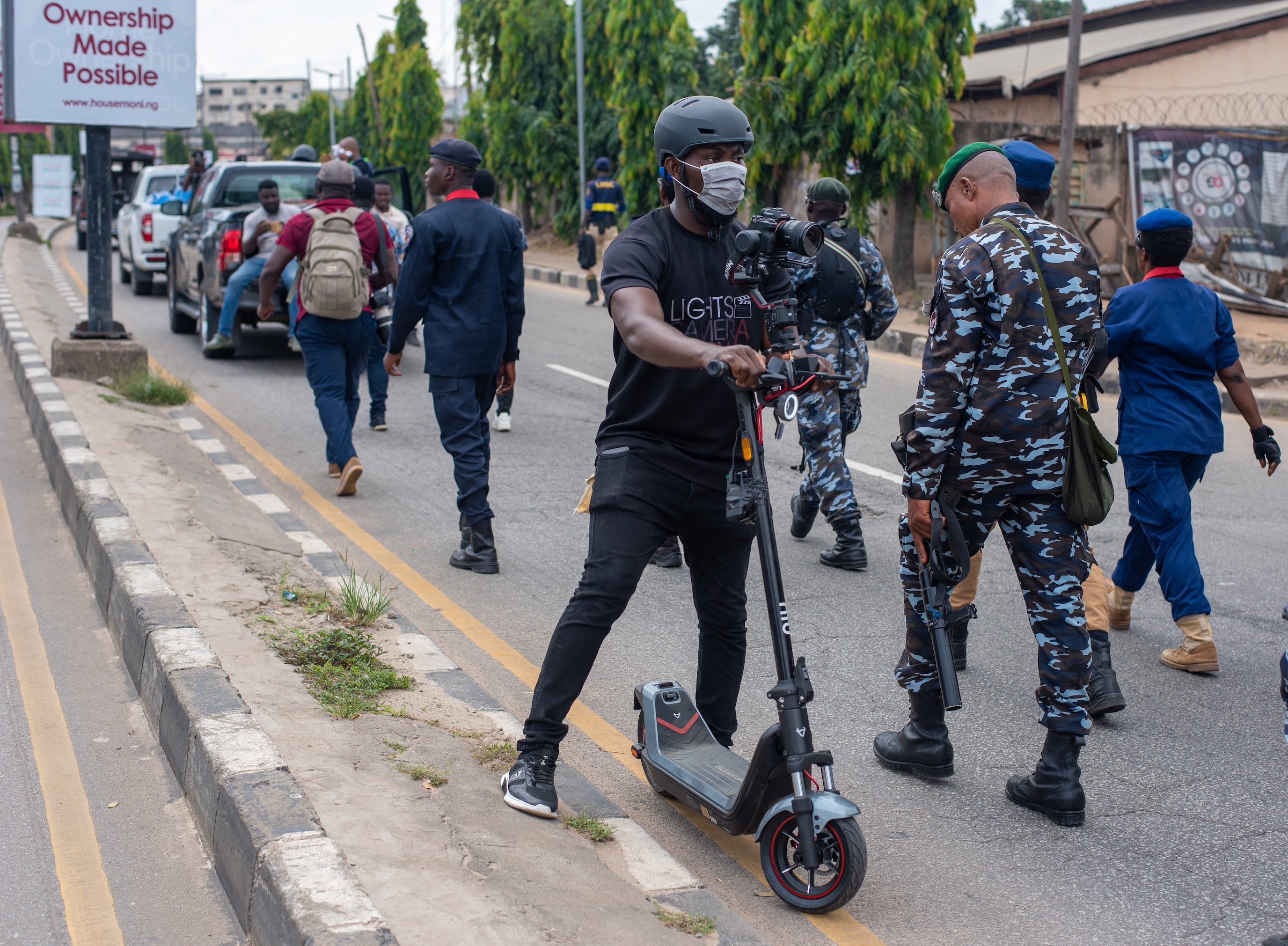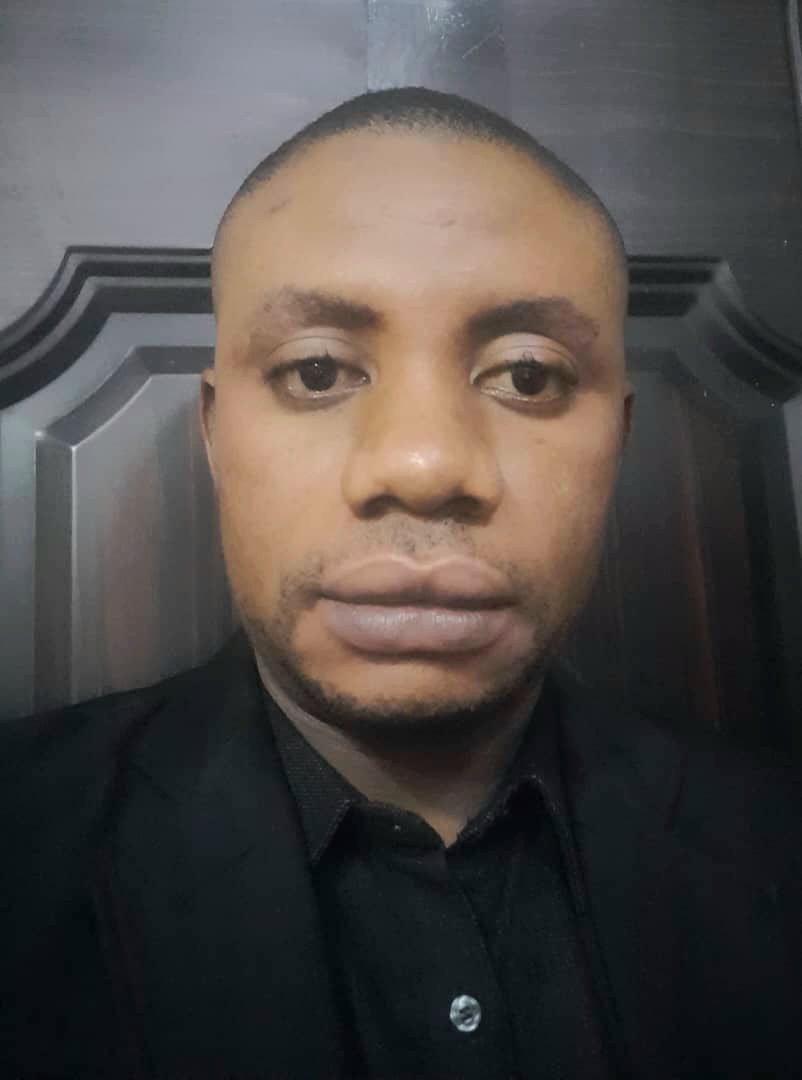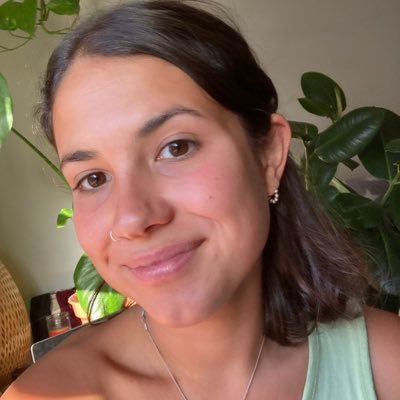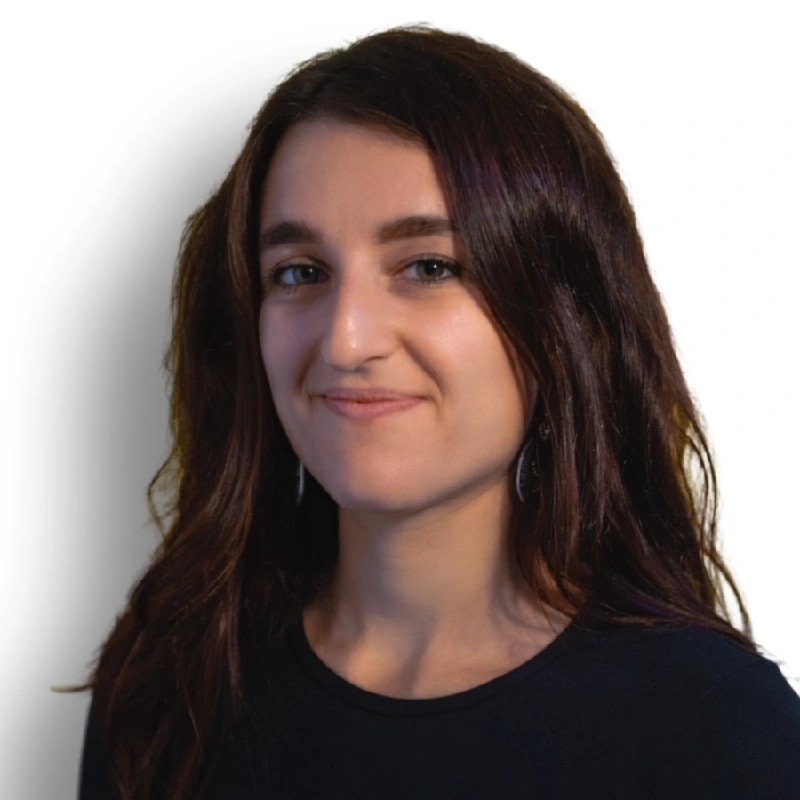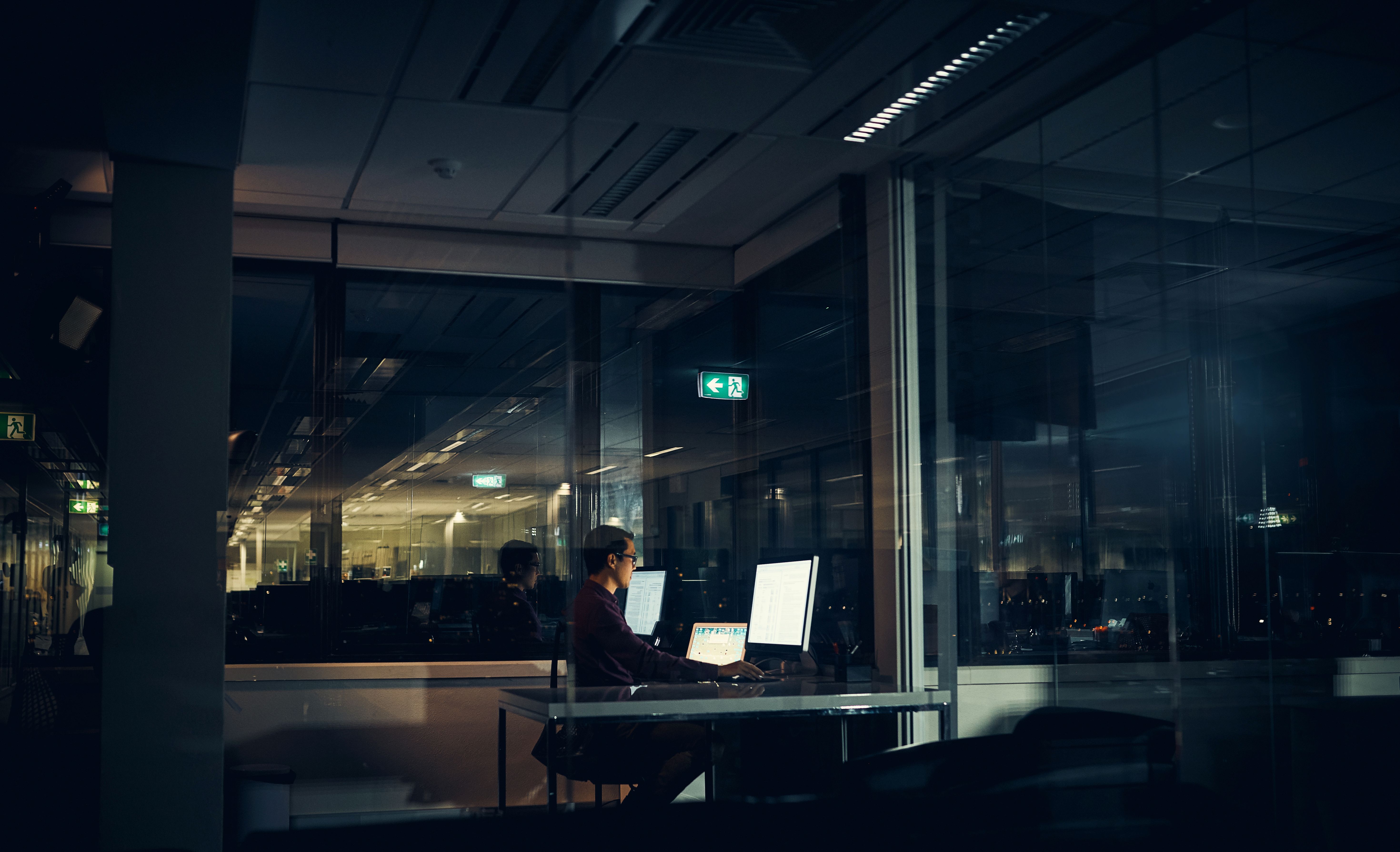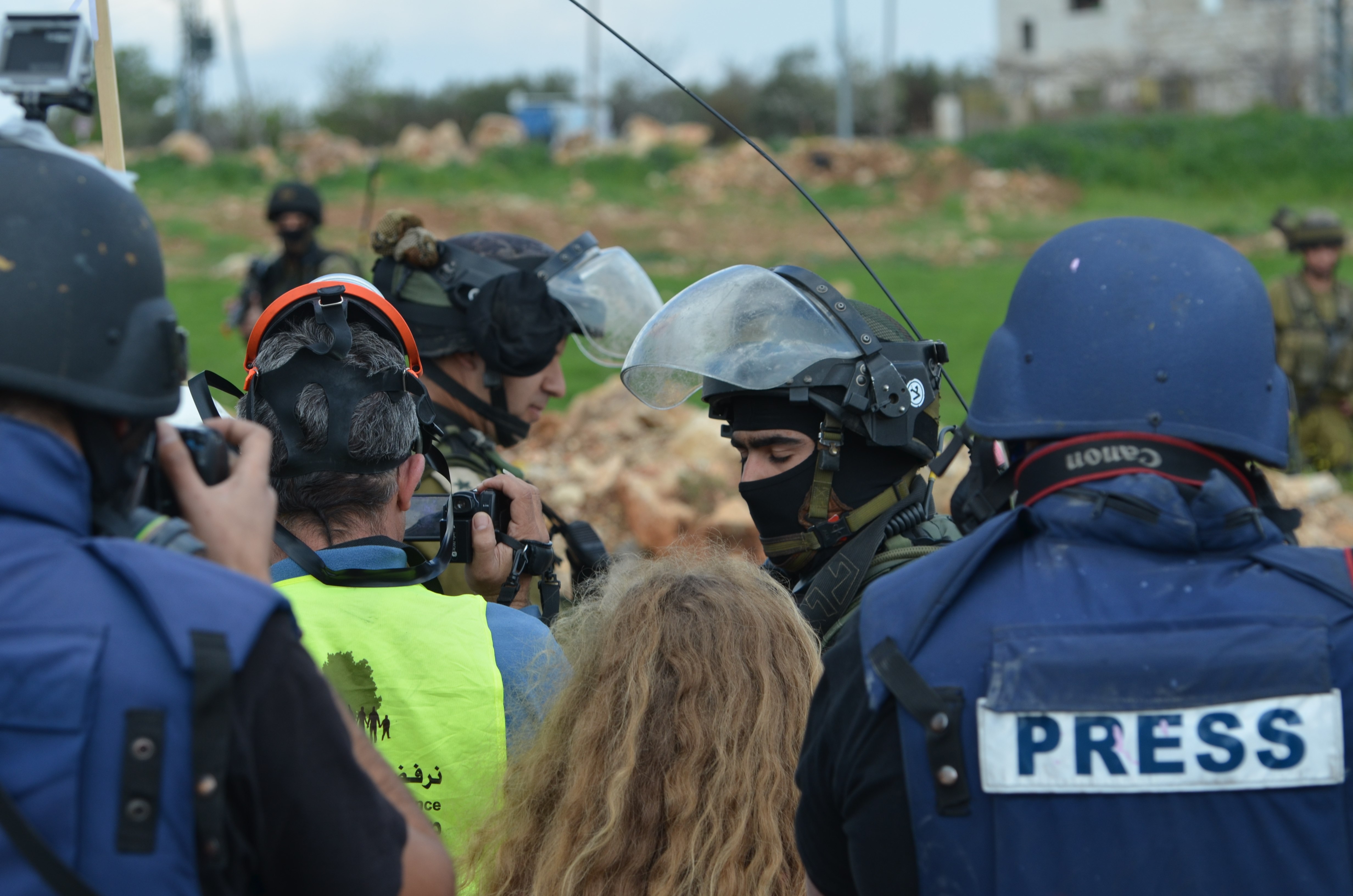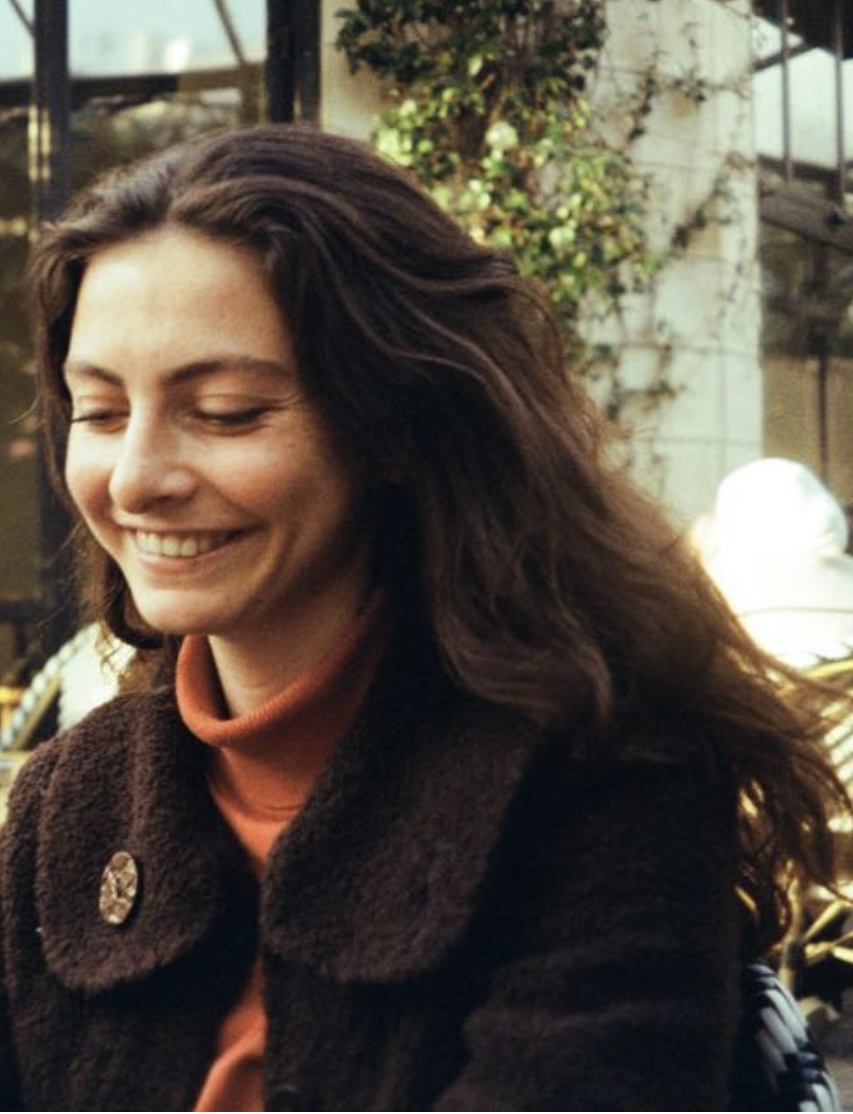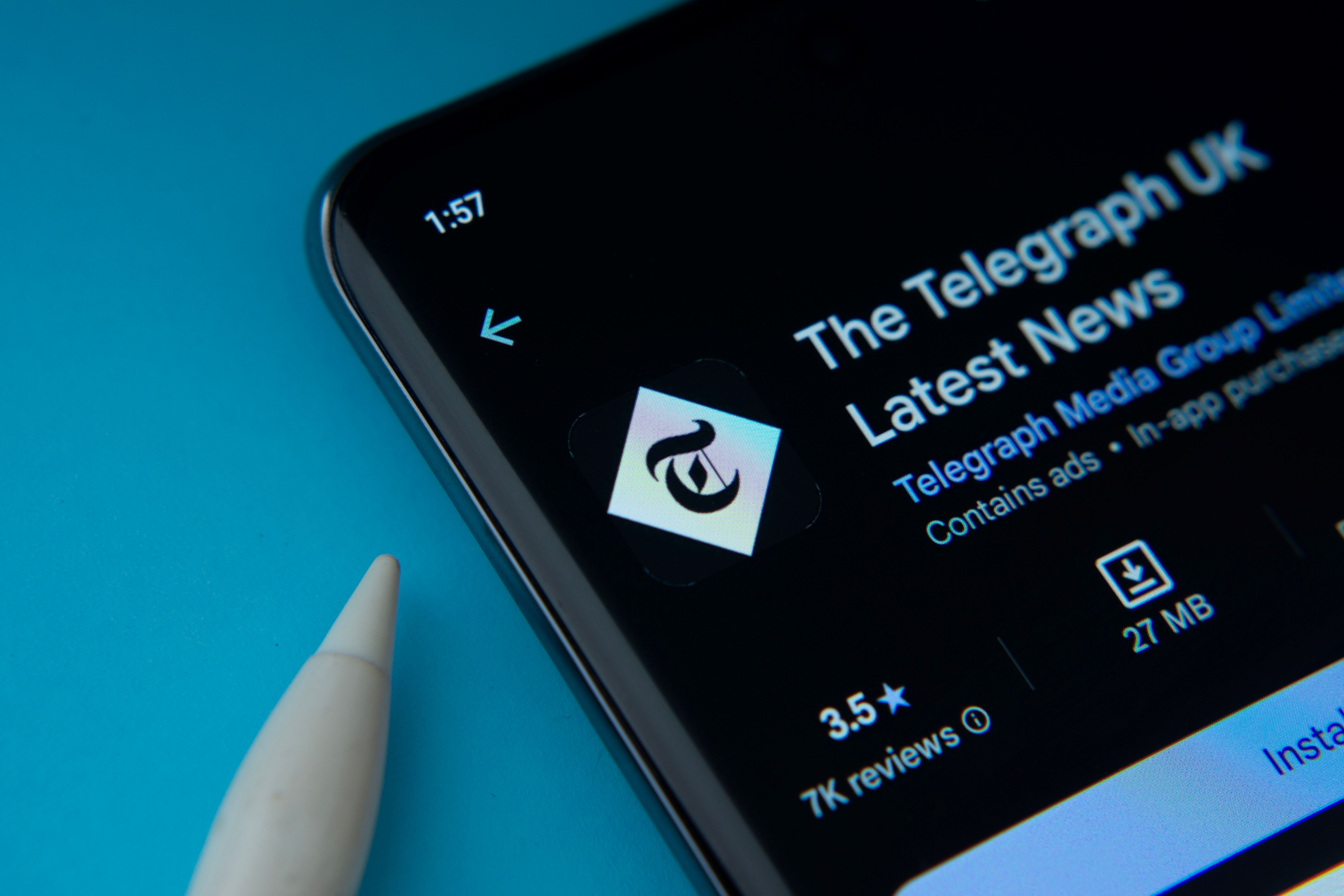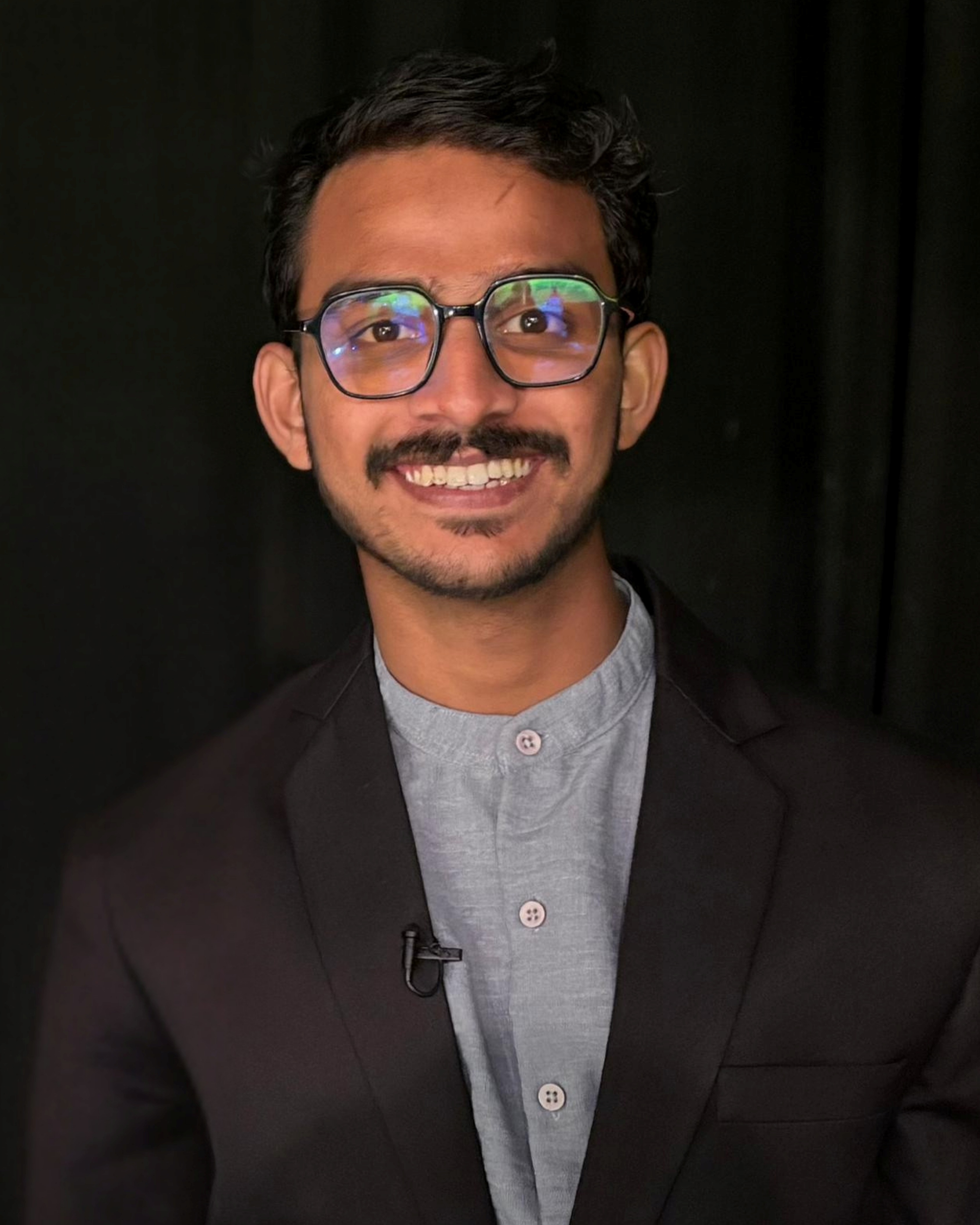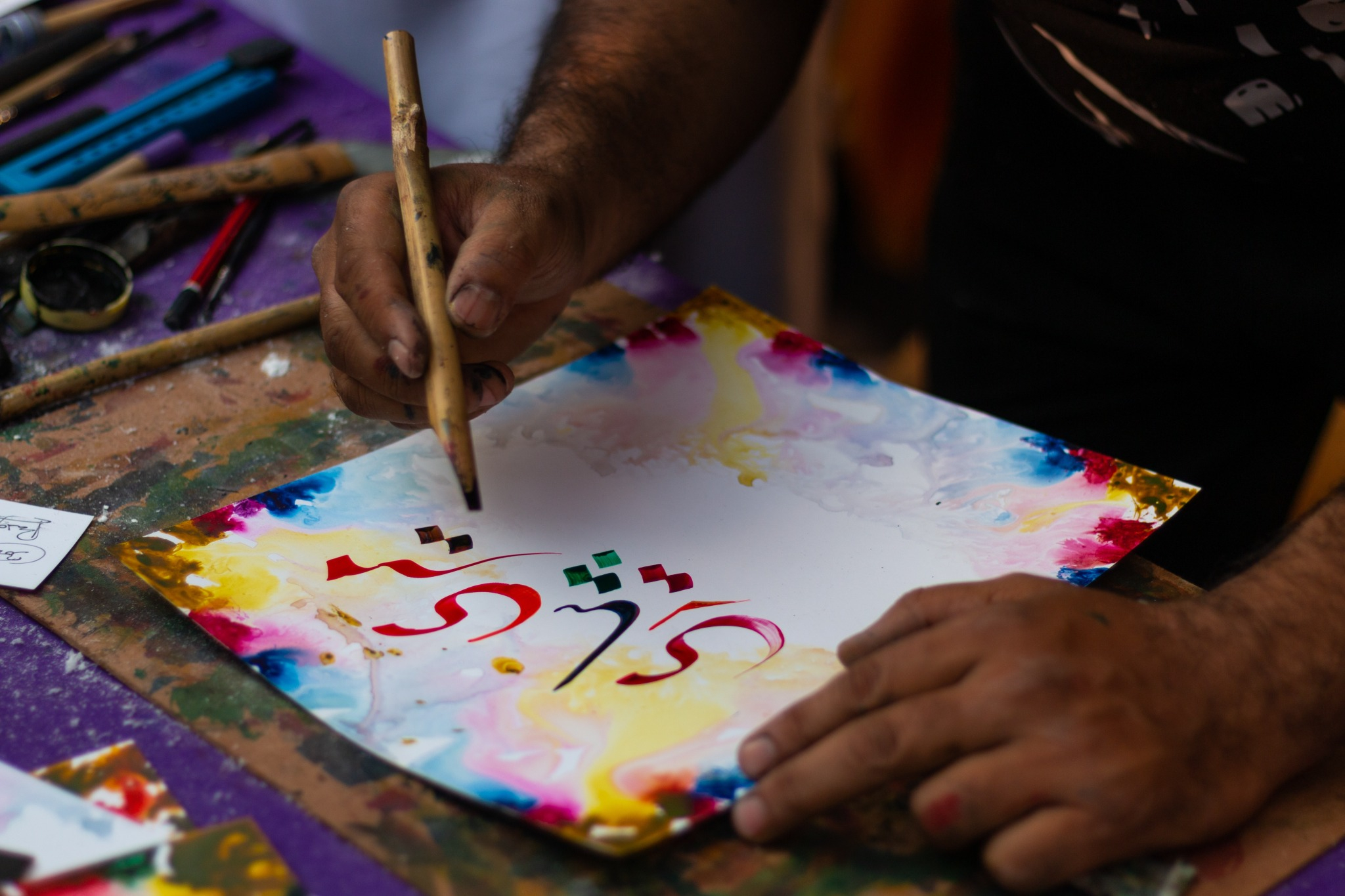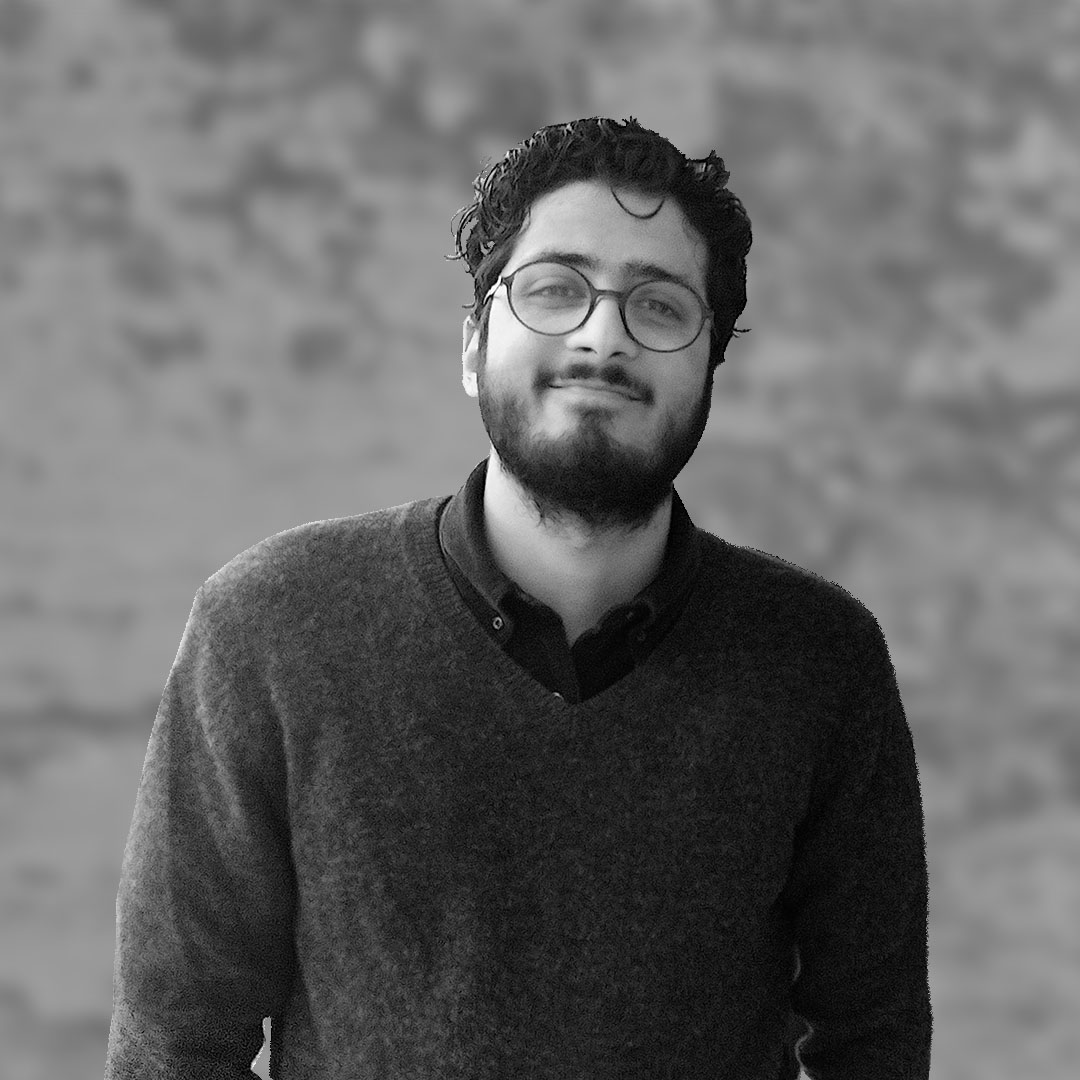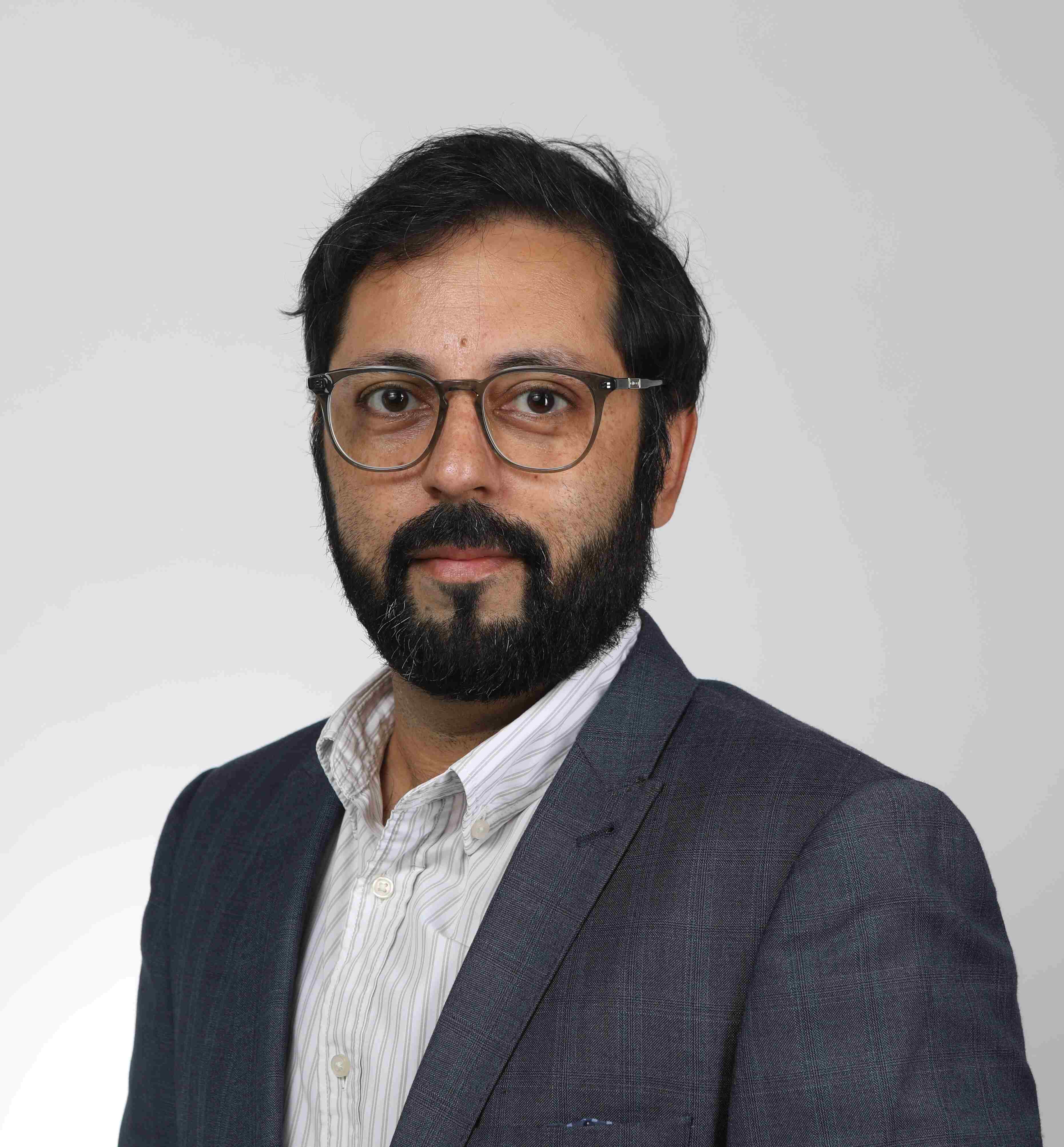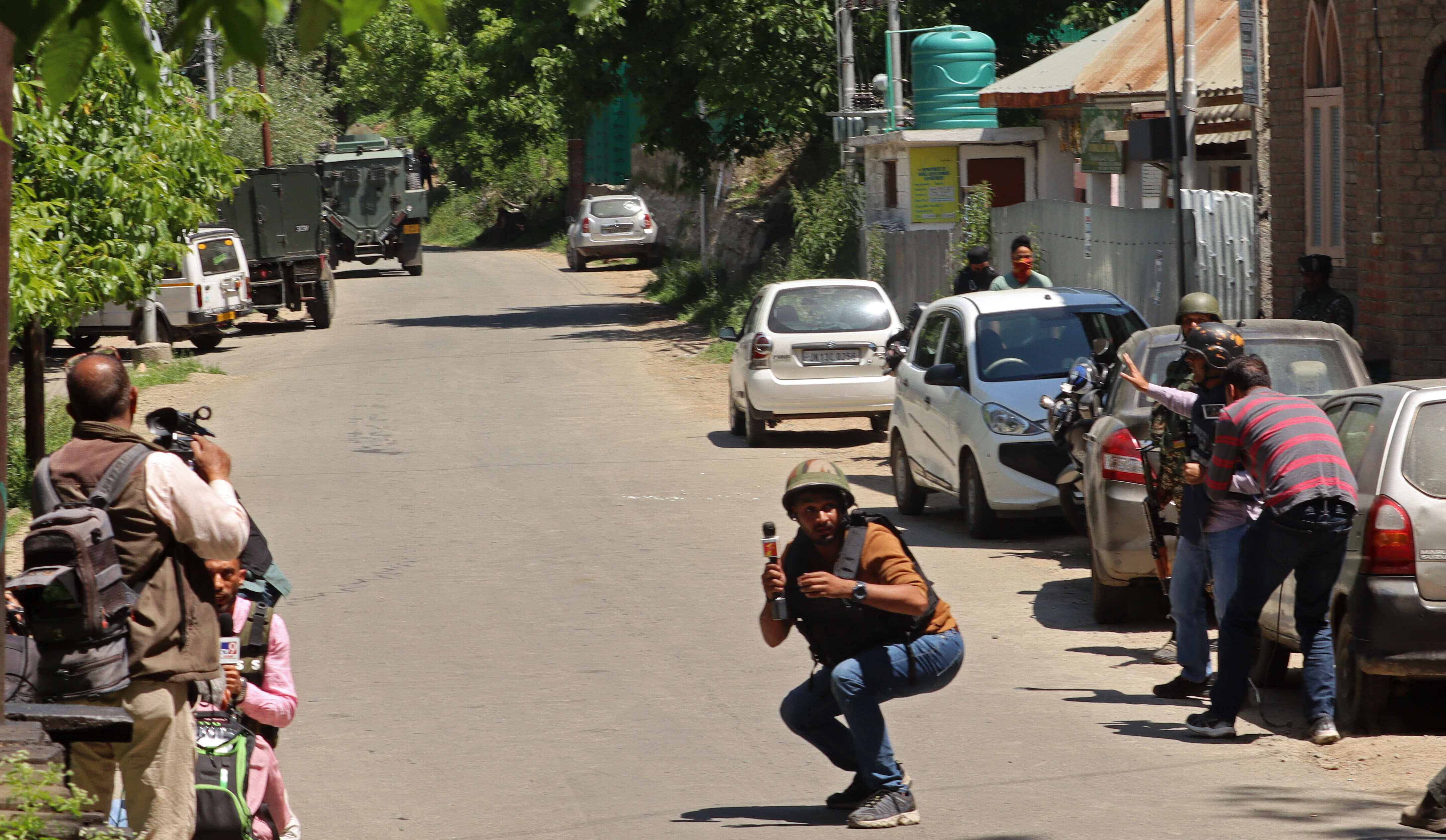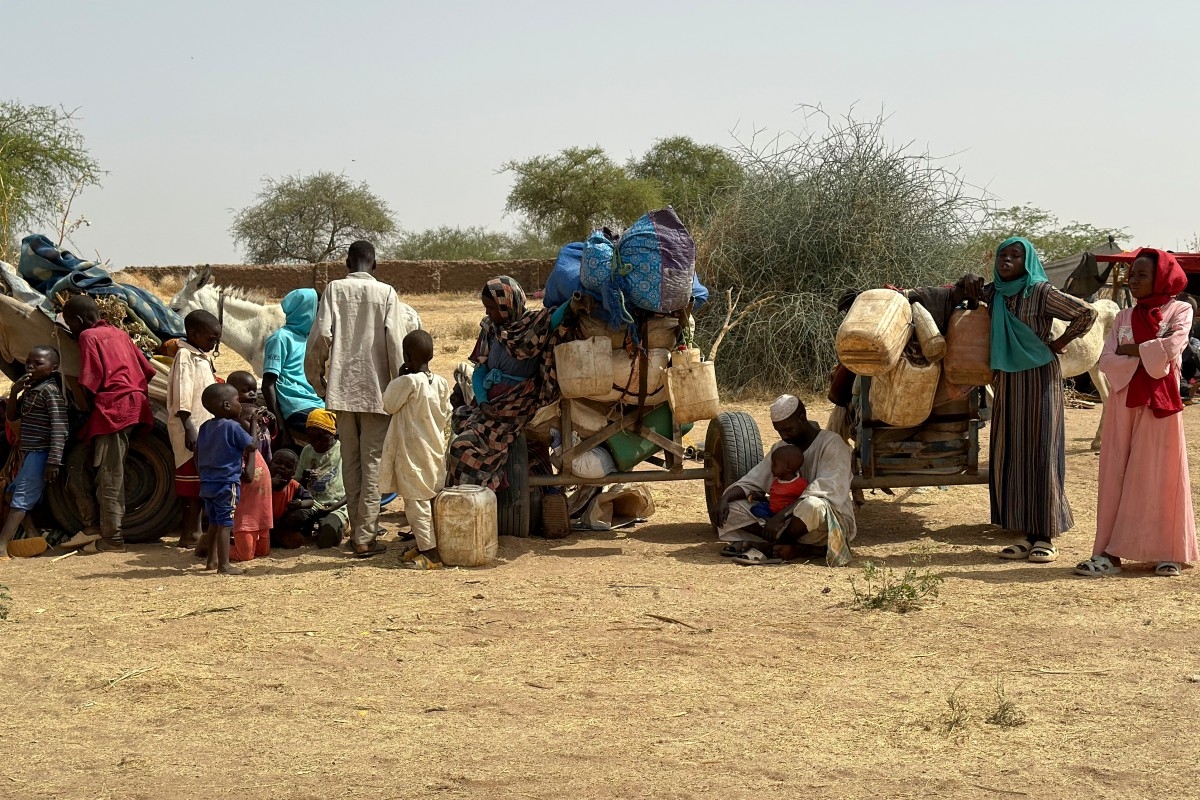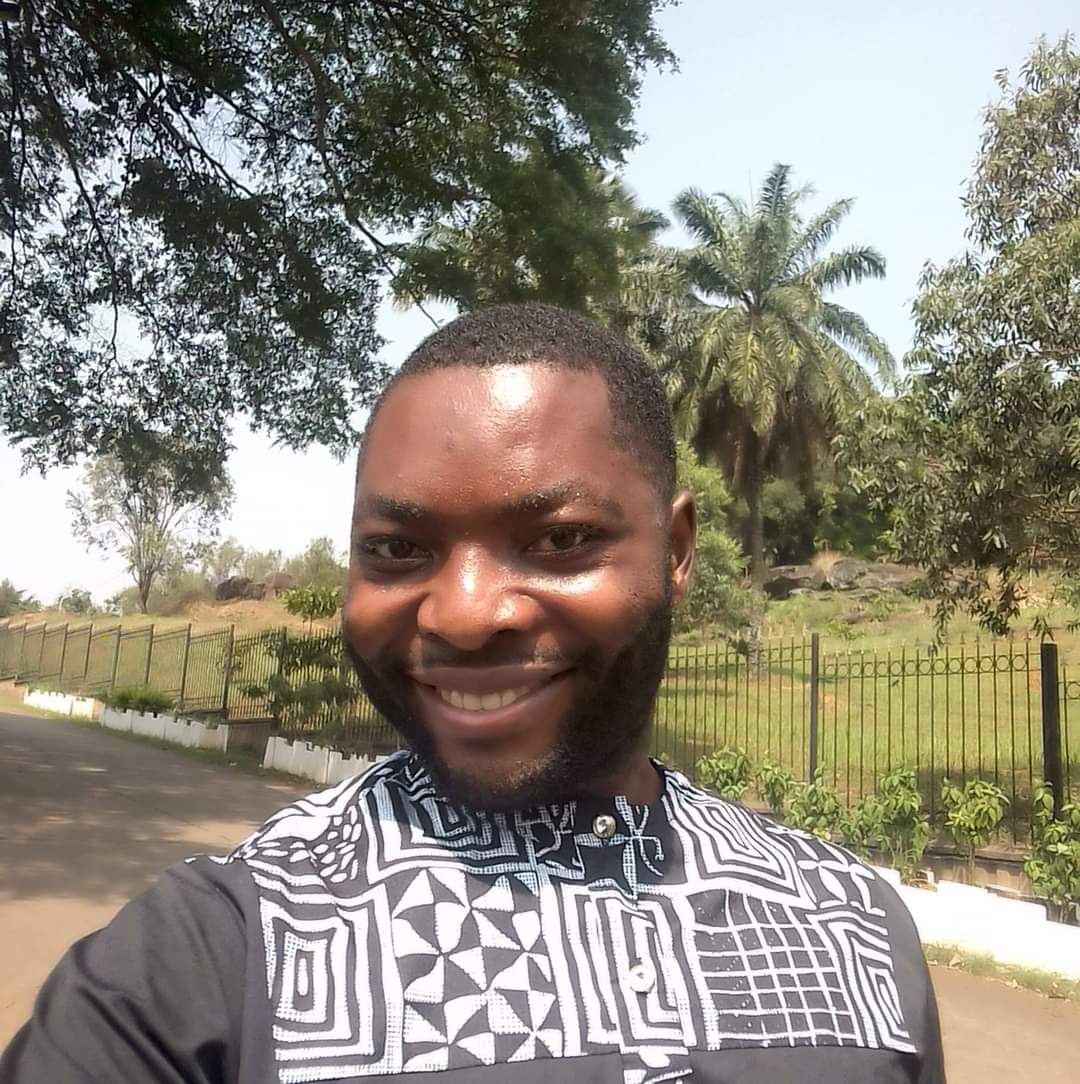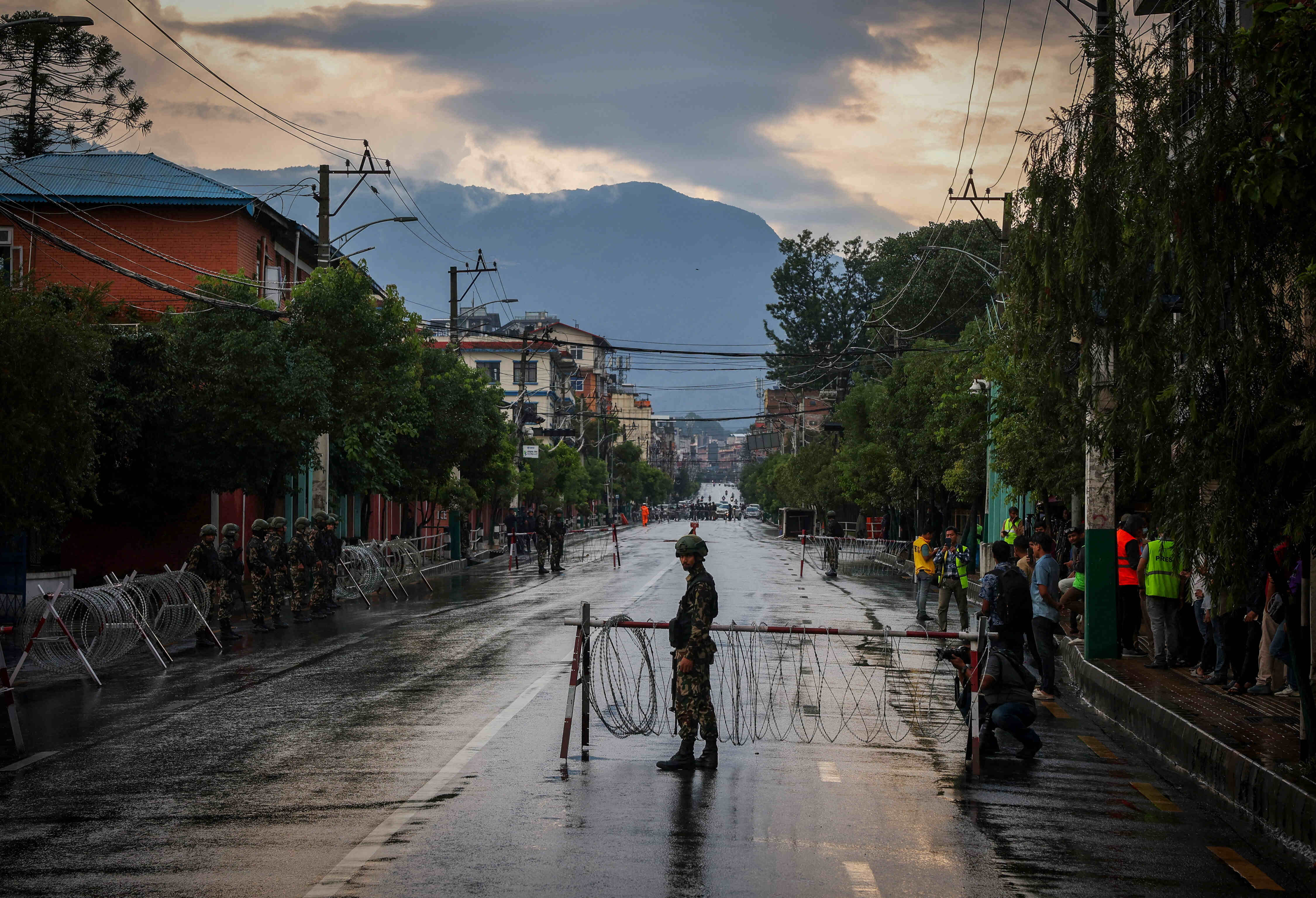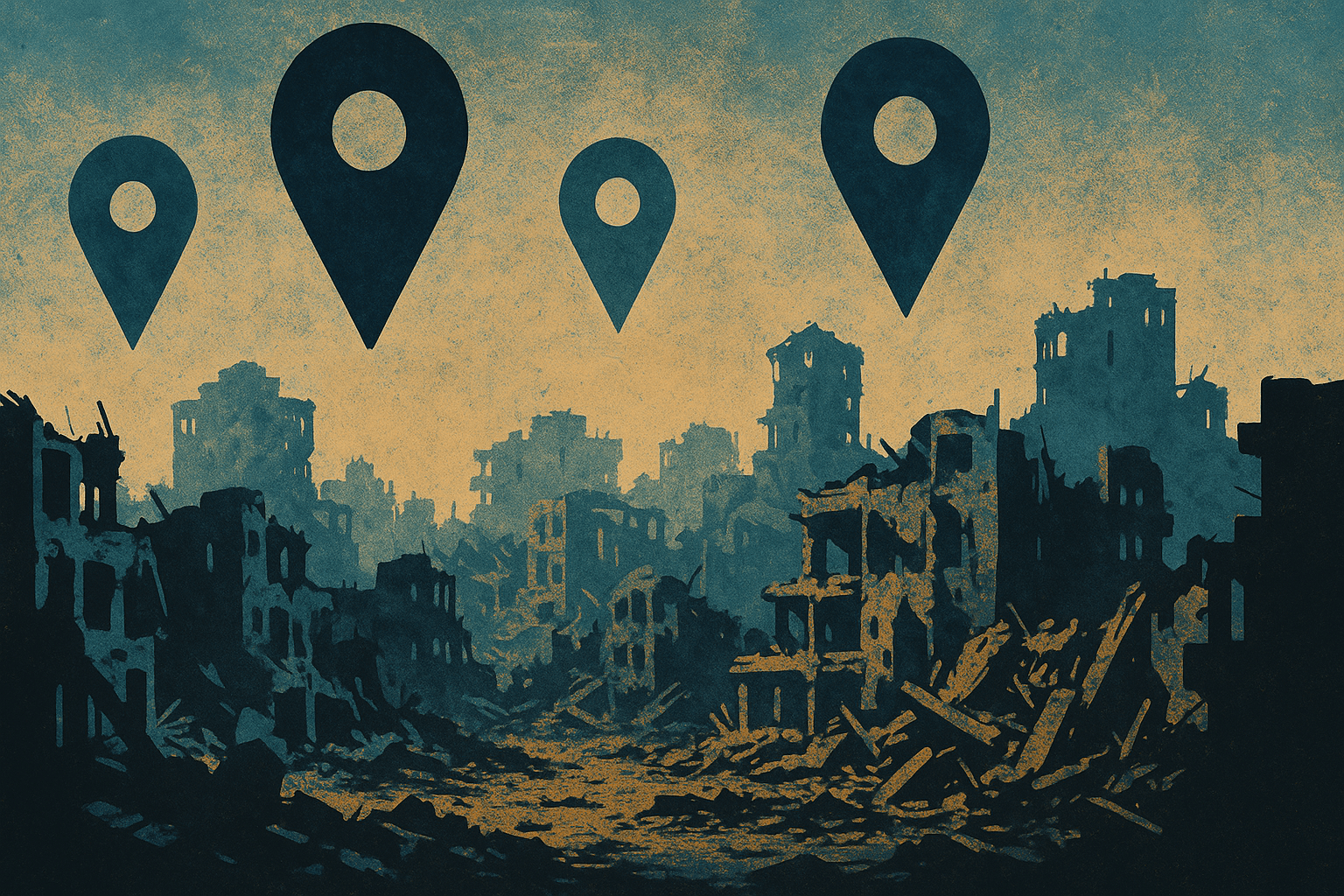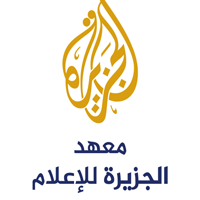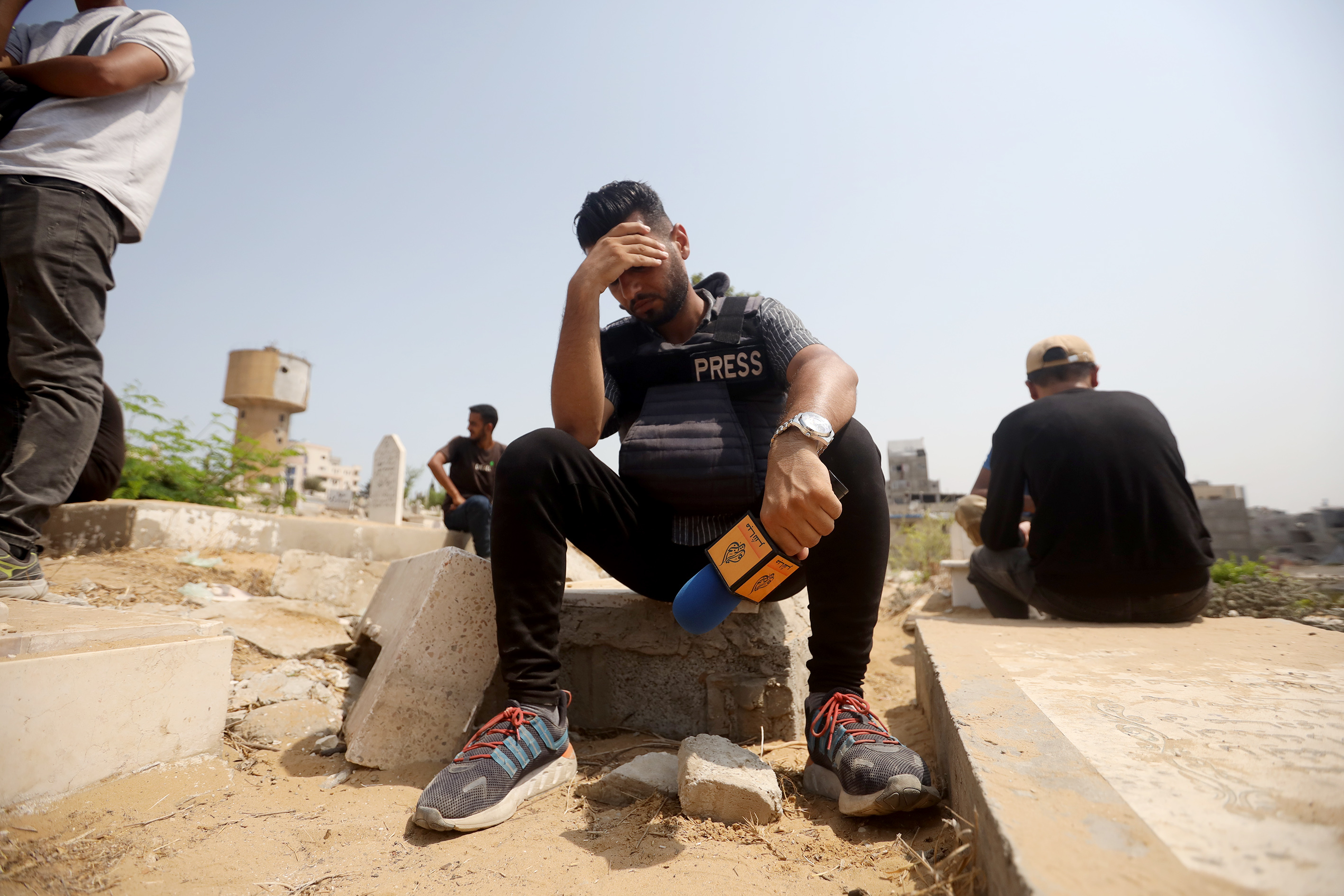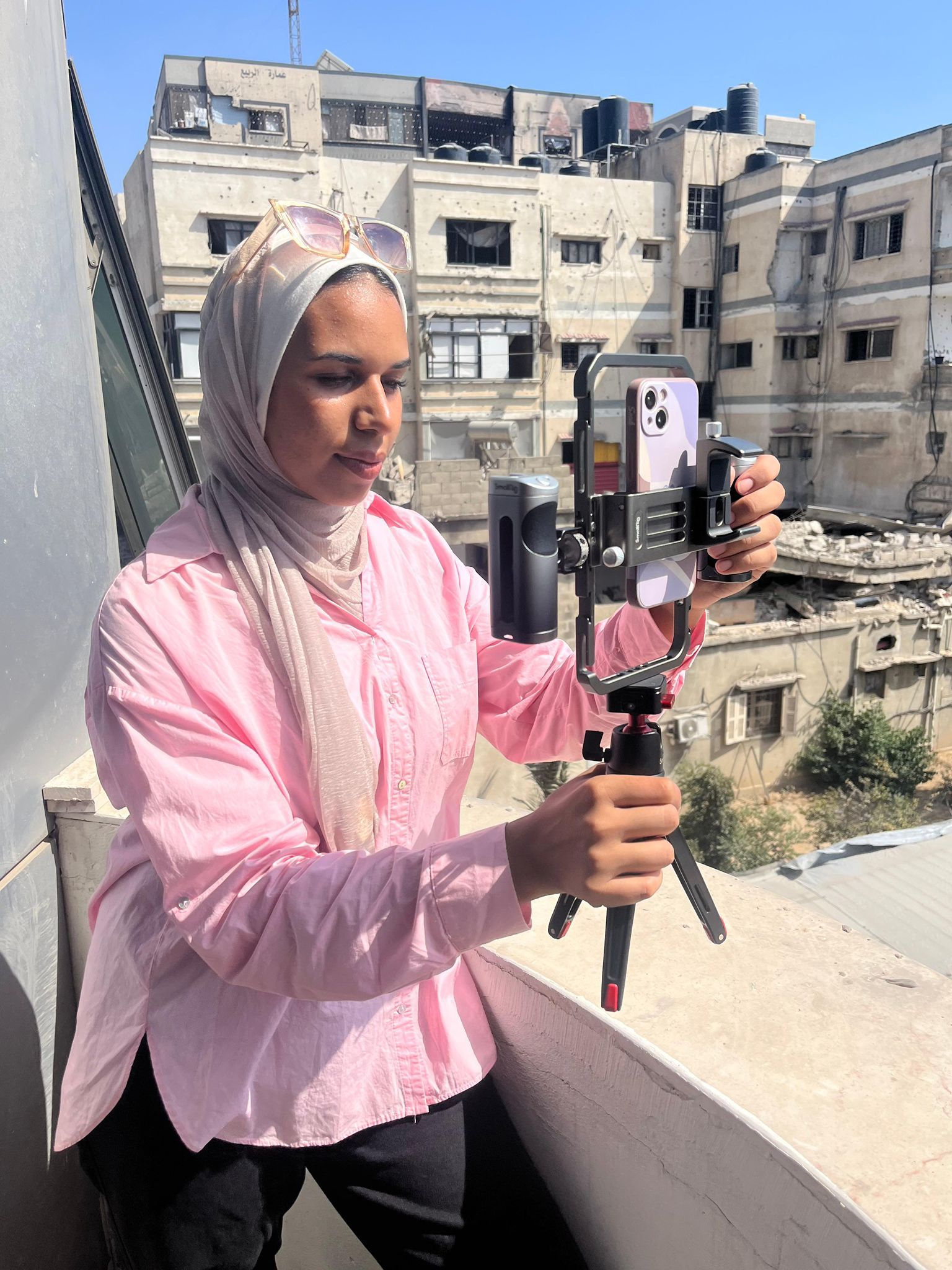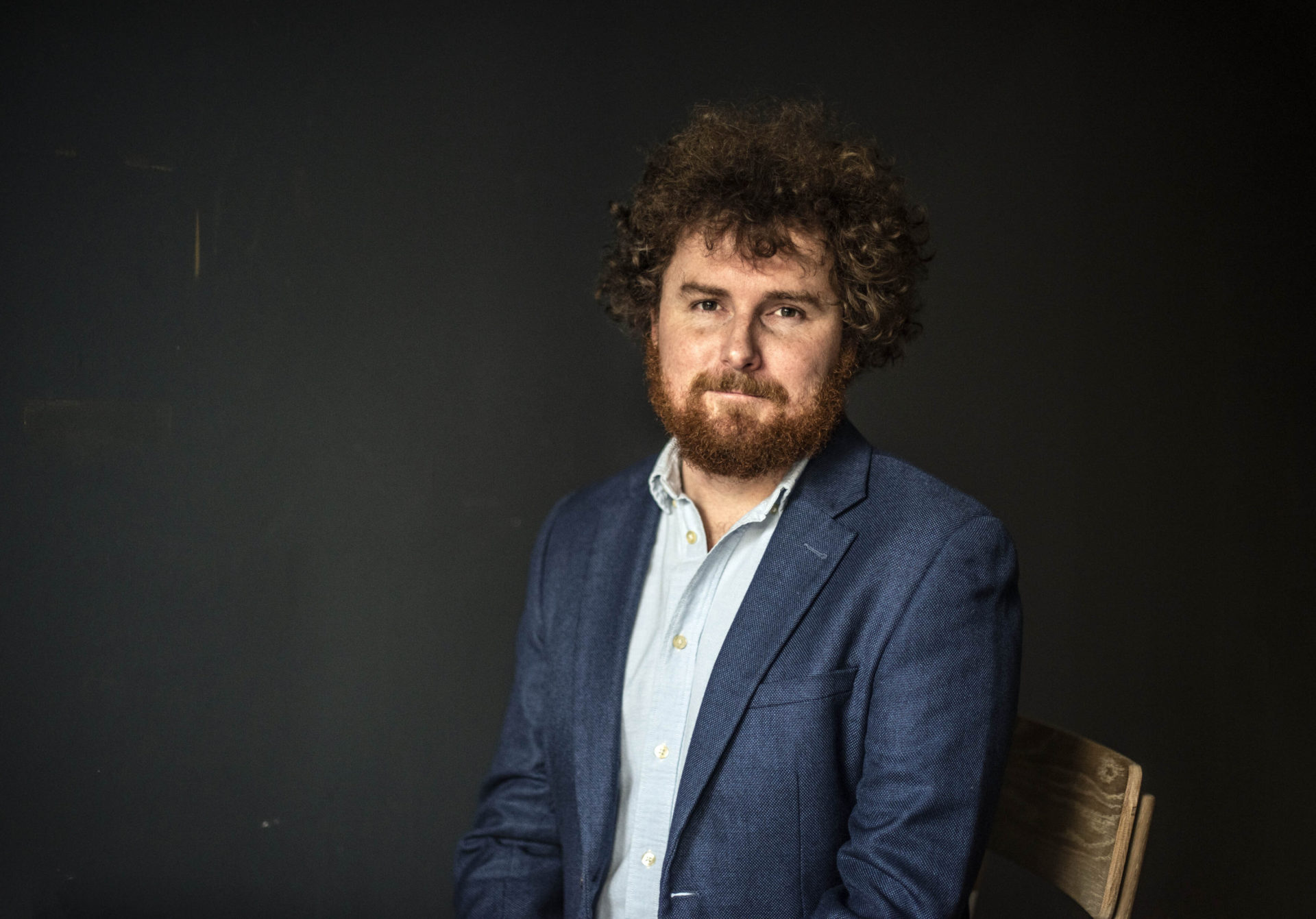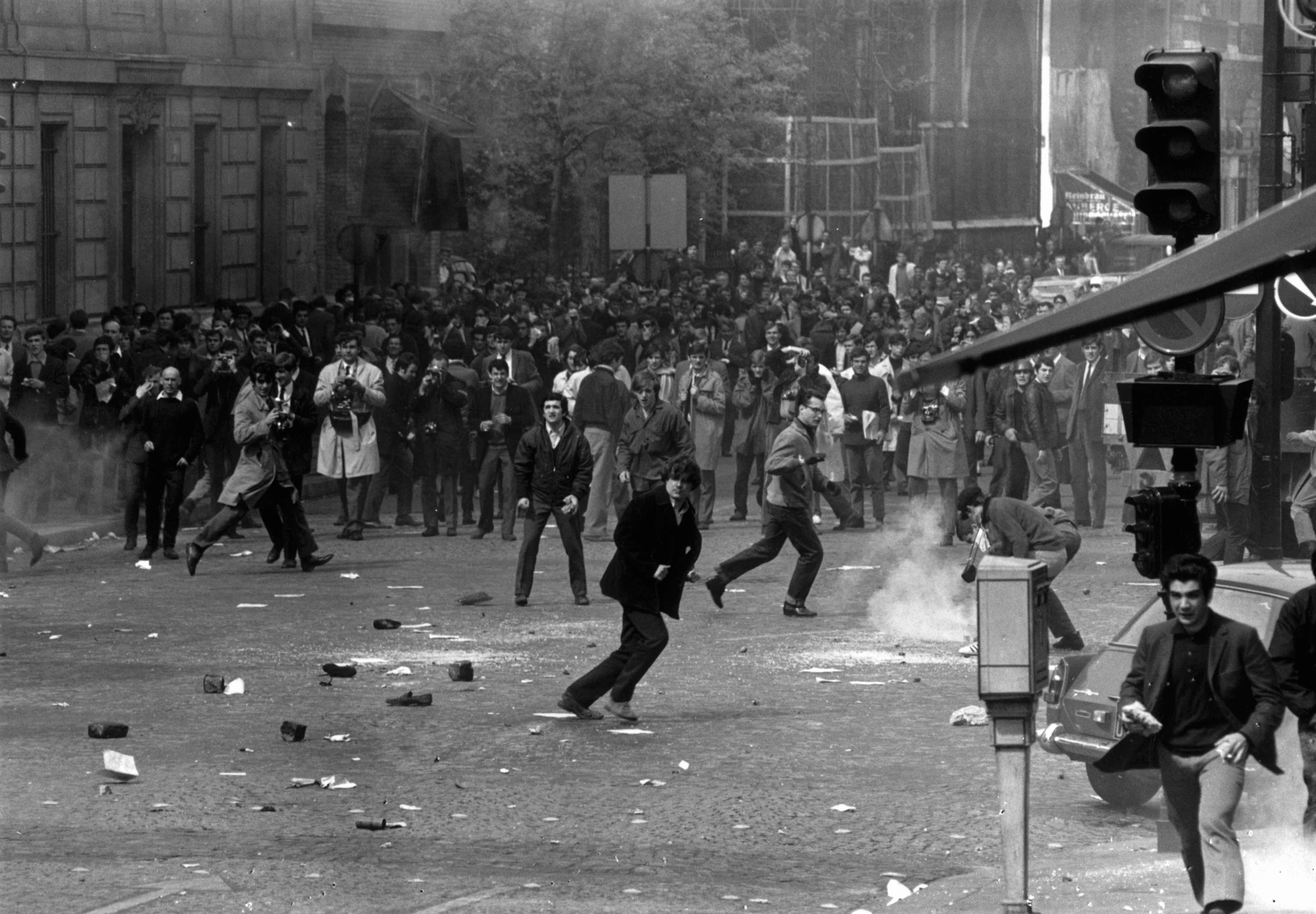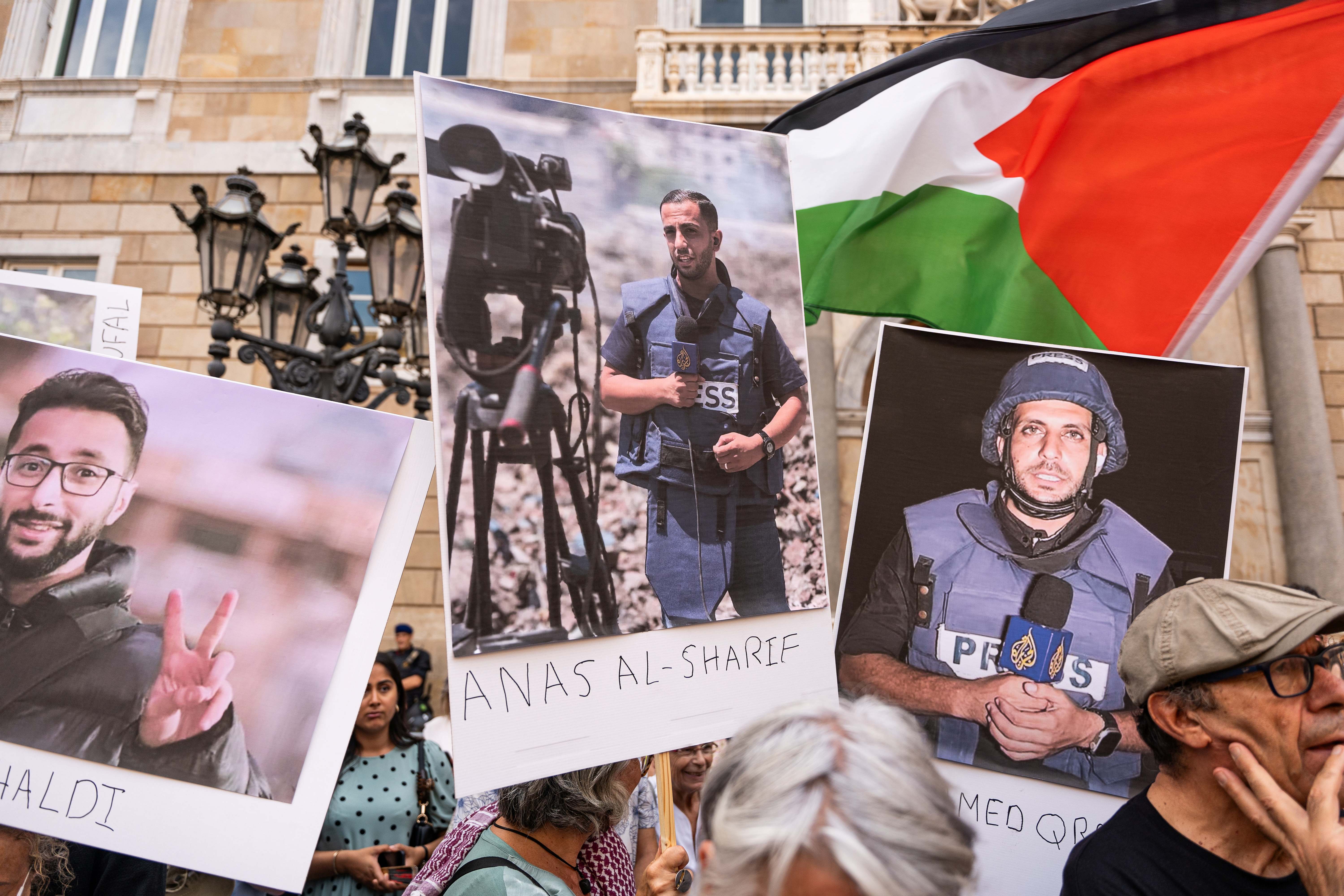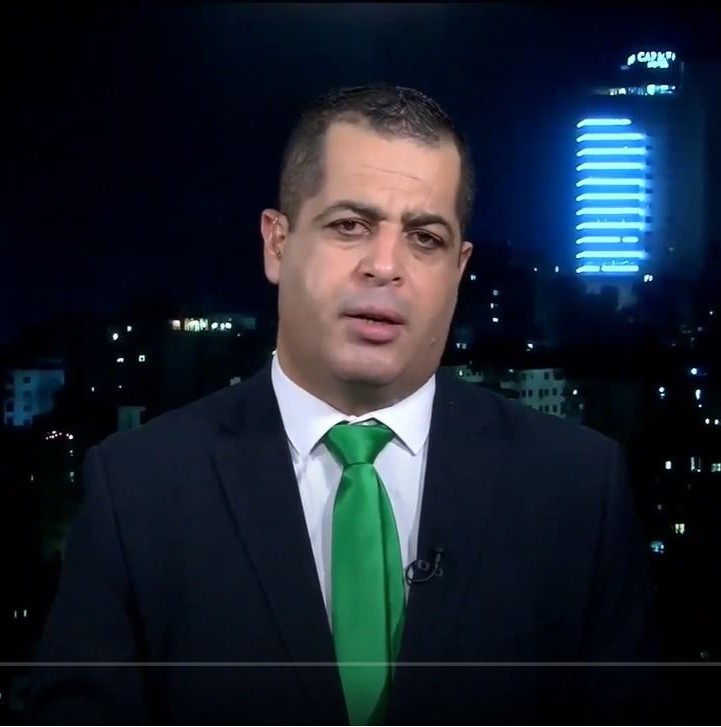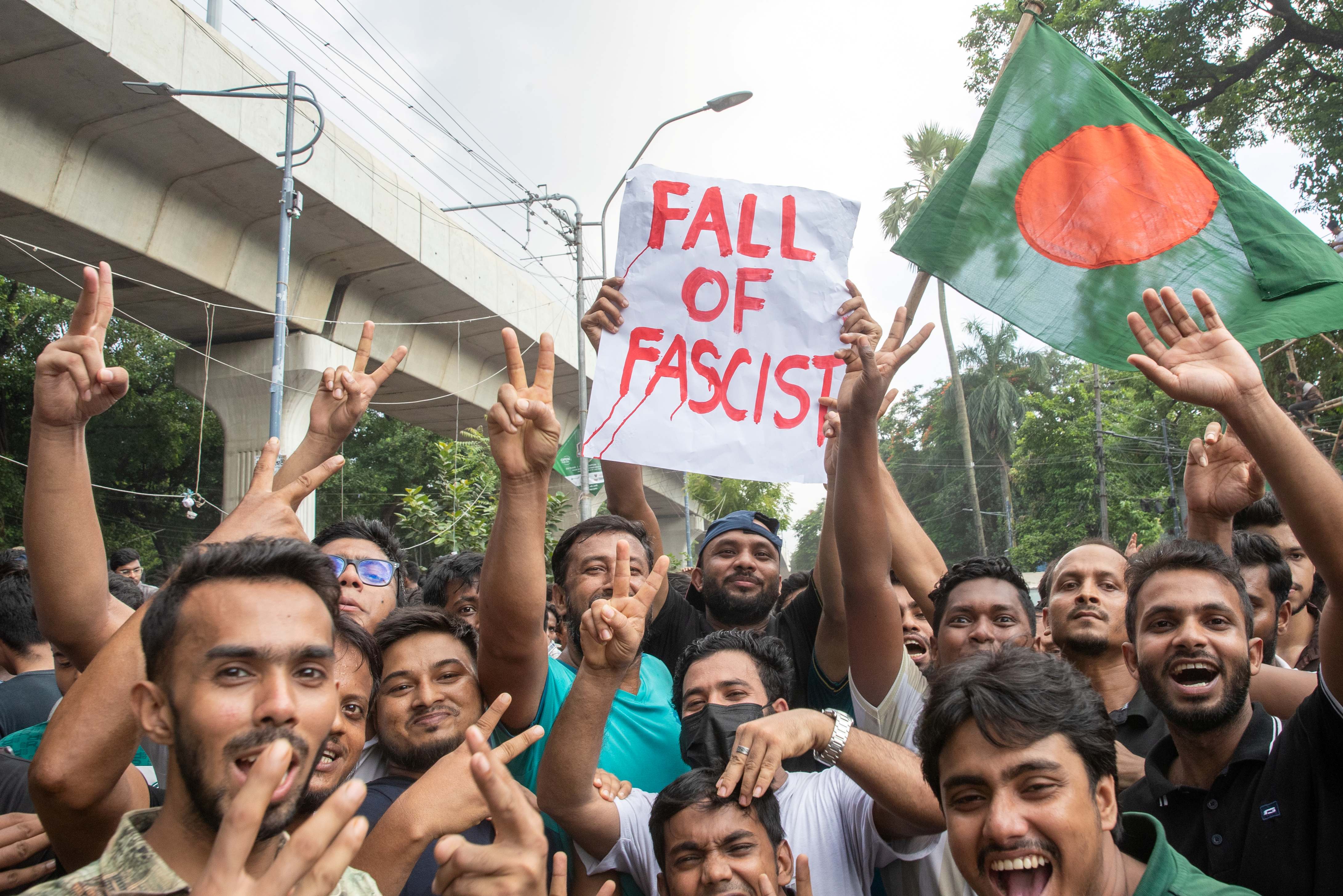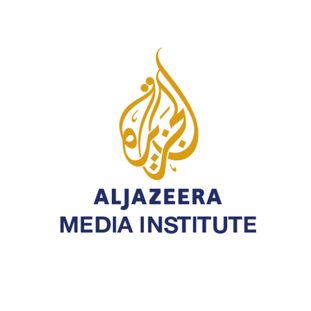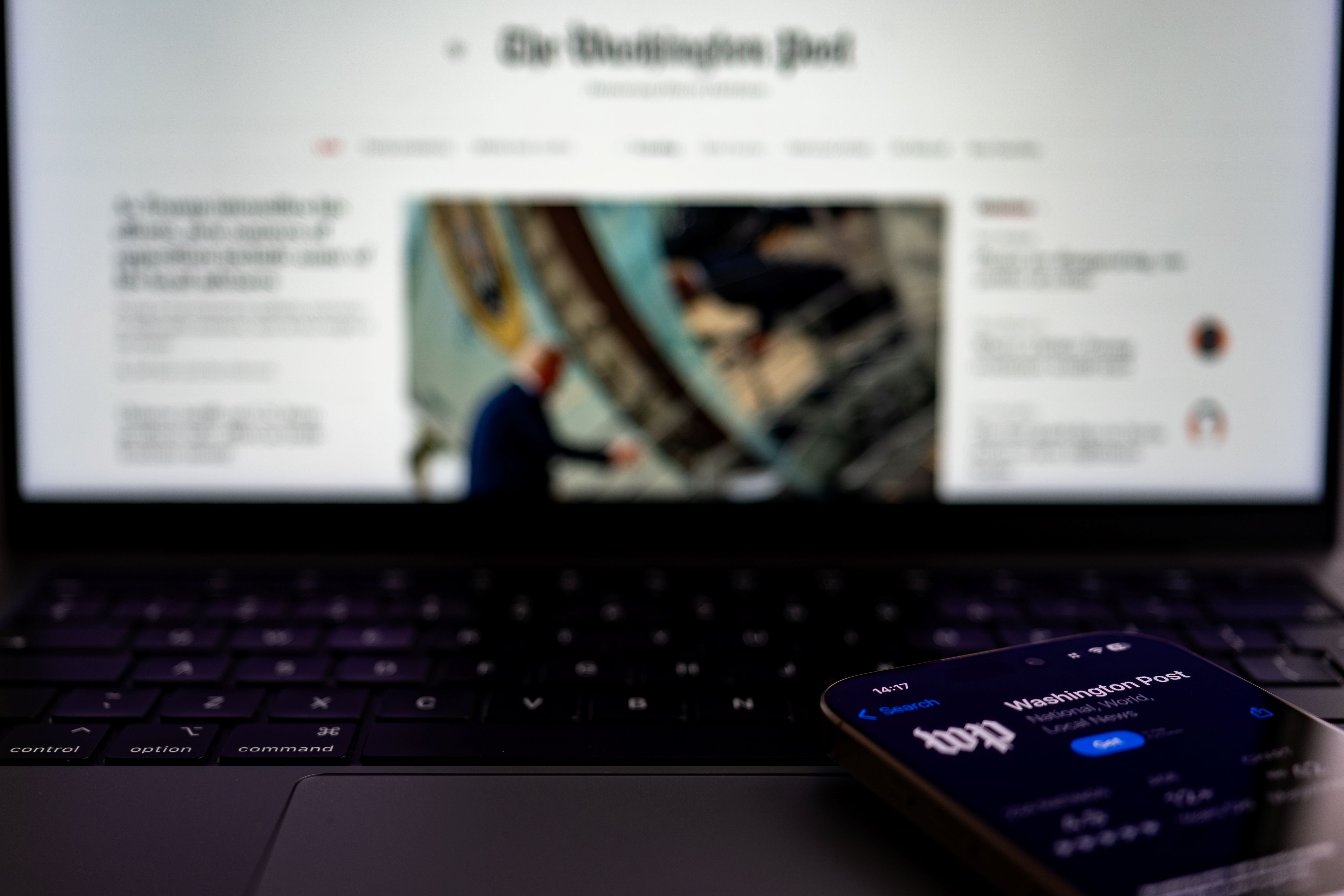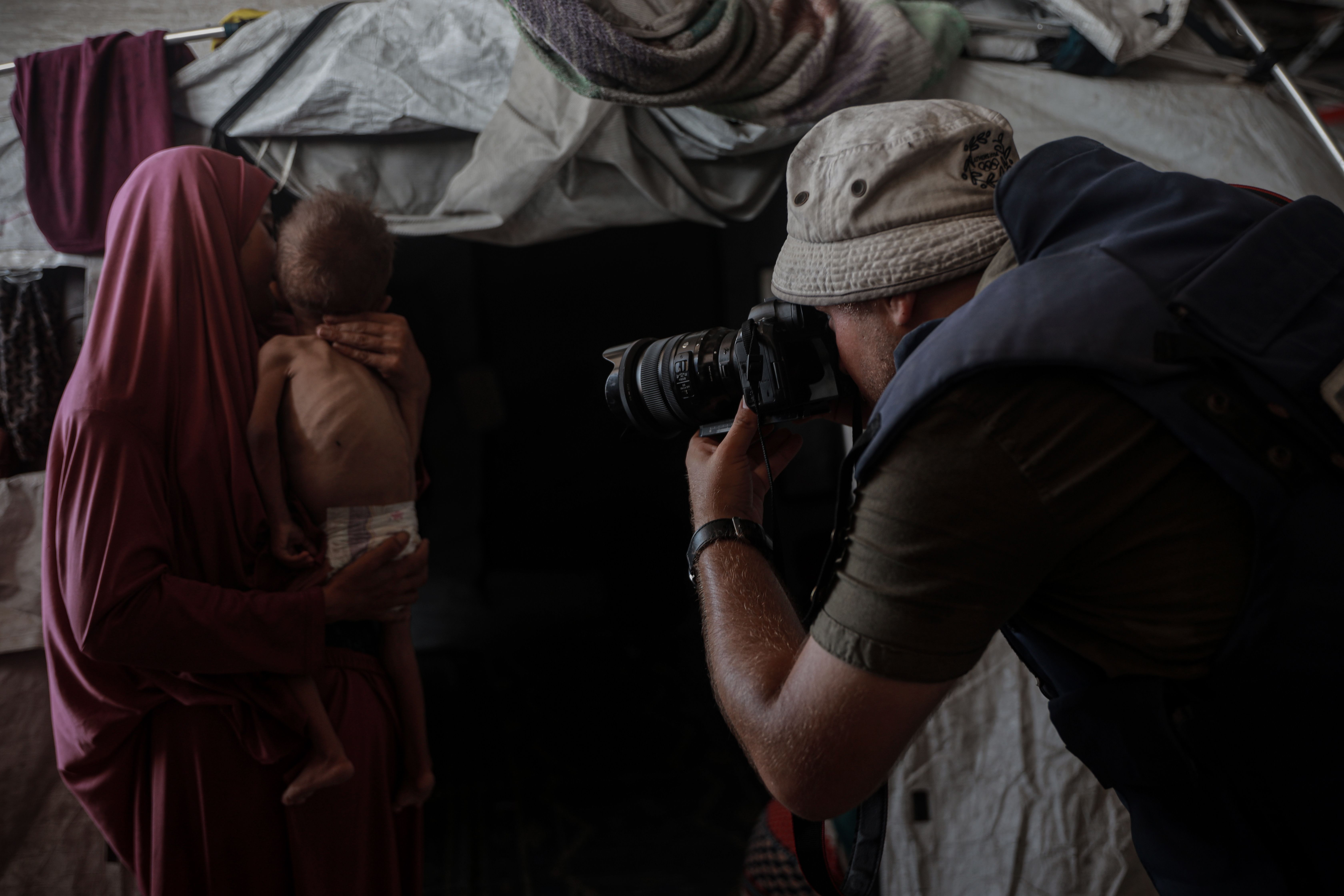في بلد مثل اليمن، من الصعب أن تمارس مهنة الصحافة الرياضية، والأصعب من ذلك أن تصبح مصورا رياضيا، لكن تجربة المصور عمر عبد العزيز في تغطية الأحداث الكبرى تستحق أن تروى.
كمصور رياضي، لا بد أن تتجرد من الانحياز أثناء تغطياتك، وتنسى تشجعيك لهذا الفريق أو ذاك، وعليك أن تتحلى بالروح الرياضية، والاستمتاع باللعب، كمصور تشبع عدستك، لا أن يفوز فريقك". هكذا يقول المصور الرياضي اليمني عبد العزيز عمر.
ويقول عبد العزيز: "تذكر أن الجمهور خلفك، فلا تدعه يصنفك، فالمكان الذي أنت فيه، هو ميزة لك كمصور، ومن ينفعل ويصدر حركات تجاه فريق ما، مكانه في المدرجات بين الجمهور".
"زيزو" هو الاسم الذي اشتهر به عبد العزيز عمر في الوسط المهني باليمن، ومثّل أيقونته ورمزا من رموزه -إن لم يكن الرمز الأول- طيلة 40 عامًا، اكتسب فيها رصيدًا وافرًا من الخبرة والاحترافية؛ نتيجة تغطيته لأحداث وفعاليات رياضية عالمية، أبرزها بطولات كأس العالم 1998، 2002، 2010، و2014.
إضافة إلى عمله مراسلًا في اليمن للعديد من المجلات الرياضية، أبرزها مجلة (FIFA Magazine)، اعتمد مصورًا محترفًا لدى الاتحاد الدولي لكرة القدم "الفيفا"، والاتحاد الآسيوي، الأوروبي، والأفريقي لكرة القدم.
حفر عبد العزيز اسمه في عالم التصوير الاحترافي داخل بلاده بطريقة جعلت منه مرادفًا لمفهوم "التصوير الرياضي". ولعل ذلك يعود إلى الهوية التي صنعها لنفسه. ويقول في هذا السياق: "لكل مصور شخصية وأسلوب في التصوير، فقد تتشابه الكاميرات وتتطابق إعداداتها، وربما الزاوية نفسها، لكن الاختلاف يكمن فيك أنت كصانع للصورة".
يعتمد التصوير الرياضي على الحركة، ويحاول جاهدًا مواكبتها وتجسيدها بكل تفاصيلها؛ لهذا يُصنف كأحد أصعب فنون التصوير، ويتحول فيه المصور إلى صياد للحظة، مستنفرا كافة حواسه للحصول على زاوية جيدة.
ومع أن "زيزو" يفضل أن يكون المصور الرياضي ممارسًا للرياضة، إلا أنه لا يعده شرطًا أساسيًا، كضرورة أن يمتلك ثقافة متجذرة في الرياضة، ويكون على دراية كاملة بقواعد وقوانين اللعبة التي يصورها. إضافة إلى ذلك، لا بد للصحفي الرياضي أن يكون شغوفا متمتعا بحس مرهف تجاه ما يدور حوله وسرعة بديهة وتركيز عالٍ، وهي مقومات تكوّن شخصية المصور الرياضي. ويعتبر تغطية الرياضات الشعبية والدوريات المحلية والمداومة عليها، من أفضل الطرق للوصول إلى الاحترافية.
"في مباريات الساحرة المستديرة، تتفاوت وتتنوع الأحداث بحسب طبيعية المباراة، فعندما تكون قوية وحيوية، تستمتع فيها، تحفزك لتترقب كل حدث وما سيصدر من تفاعلات، وتتحين عدستك لاقتناصها. في حين أن المباراة المملة، تستدعي منك أن تجتهد أكثر للبحث عن ضالة عدستك، وتتحسس مواطنها. وفي كلتا الحالتين، لا بد أن يكون لديك رؤية كاملة على نطاق 360 درجة أثناء المباراة، وجميع حواسك تعمل" حسب زيزو.
وتختلف معطيات الجمهور فيما يمكن التقاطه، إلا أن زيزو يؤكد "أن تجعل عدستك ترصد تفاعل المشجعين، كأن تجسد صدمة من خلال لقطة لمشجع متأثر بحسرة نتيجة هدف سُجل في مرمى فريقه، أو أن يلفت انتباهك وجه طريف ملون بعلم بلد أحد المنتخبات، أو أن تقتنص صورة يجتمع فيها شخصان، أحدهما يضع على رأسه شماغًا عربيًا والآخر قبعة أمريكية، برزت كلوحة تعكس تلاقي ثقافتين، وأي تناقض يشبه هذه اللقطة يصبح هدفا للعدسة".
وباستخدام العدسات الطويلة البعد البؤري، تقوم بتقريب اللاعب والبحث عن ملامحه الأمامية. كما أن تصوير اللاعبين من الخلف غير مرغوب، إلا إذا كانت الصورة ذات دلالة أو معبرة عن فكرة، وهذه تخضع لحس المصور، فمثلا تصادف وقوف اللاعب رقم 22 بجانب اللاعب رقم 20، فهذه لقطة تحمل محاكاة لمونديال قطر 2022، أو سقوط لاعب ويأتي الخصم يمد له يده، فهي صورة تتحدث عن اللعب النظيف والروح الرياضية.
اللقطات المثيرة للجدل تعد وجبة دسمة لعدسة المصور الرياضي، وهي أكثر ما تستهوي عدسة "زيزو"، ويؤكد بأن أحداث الشغب تصنف أفضل الصور في الرياضة. بمعنى أن صور الرياضة ليست جميعها مزهرة، وفيها أوجه أخرى، فإذا صادفت شغبا، أو تدخل فرق الأمن لإخماده، "فعبّد لعدستك طريقًا لاقتناصها، مع الحرص جيدًا على سلامتك".
تلك الدروس التي سردها المصور المحترف عبد العزيز عمر تمثل عصارة خبرة طويلة من خلال مسيرته المهنية في التصوير الرياضي، بالإضافة إلى إدراكه لأفضل الممارسات في تصوير الأحداث الرياضية العالمية.
يعتبر زيزو المشاركة في بطولات رياضية كبيرة وعالمية، إنجازًا كبيرا في مسيرة المصور المهنية، وتمكنه من تبادل الخبرات والاستفادة من التجارب، وتشكل له محطات لتكوين علاقات وشبكة مصادر.
فعند تصوير نشاط رياضي أو بطولة كروية في بيئات مختلفة، يؤكد زيزو ضرورة أن يُكوّن للمصور معرفة عامة عن البلد المستضيف، وما يمتاز به، ثقافيًا، سياحيًا، اجتماعيًا، جغرافيًا، وفي شتى الجوانب.
"يحضّر المصور كاميرته لتكون جاهزة للتصوير، منذ لحظة وصوله للبلد، فالأمر لا يقتصر على تغطية المباراة في الملعب فحسب، فهناك الكثير مما يمكن أن تتلقفه العدسة، كالفعاليات الفنية والثقافية المرافقة لهذه البطولة، وما يصاحبها من عروض شعبية وتراثية".
يتذكر زيزو بأن مونديال جنوب أفريقيا 2010، أثرى عدسته بقضايا عديدة، كانت جاذبة للتصوير، كتغطية فلكلور ورقصات شعبية، وتصوير أماكن ومعالم تاريخية، وإقبال الزوار عليها، إضافة لتوثيق مشجعين منتخبات قدموا أنفسهم بملابسهم التراثية. ففي نظر زيزو، فإن البطولات الرياضية الكبيرة كالمونديال، لا تمثل فعالية كروية فقط، وإنما كرنفالا يمتزج فيه الجانب الثقافي والفني للشعوب، وهي محل اهتمام الجمهور.
ويمكن للمصور الرياضي أن يرصد شغف واهتمام الشعوب بهذه البطولة، وينقل طقوس استعدادها لها أو كيفية متابعتها، وهكذا الزوايا التي يمكن تغطيتها في أي بلد.
قبل كل مباراة، يشعر "زيزو" بالقلق، لأنه يفكر في سير المباراة واللقطات التي سيظل يبحث عنها وعن الزوايا التي يمكن أن تثير اهتمام القراء. ومثل هذا الشعور يعده زيزو -رغم أنه منهك-، دليل على حب المهنة وتقديرها.
"قبل كل مباراة، أقوم بالبحث عن الفريقين المتباريين بشكل عام، بما في ذلك زي كل فريق وبأي لون سيلعبان، وعن اللاعبين، بمعلومات تفصيلية، وأدون أرقامهم والمعلومات المهمة عنهم في مفكرة لا تفارقني"، وهذا يعينه كثيرًا في وضع تصور عام يحمله معه إلى الملعب.
إلى جانب الحرص على تحضير معدات ولوازم التصوير من الليلة السابقة للمباراة، لم يغفل زيزو عن التأكيد على وجوب تواجد المصور في الملعب قبل ساعتين من موعد المباراة، ليتعرف على الملعب وزواياه، ويلتقط صورا للاعبين وللمدربين وفريق الحكام، وتجنبًا للتأخير إذا ما صادف ازدحاما أمام بوابة التفتيش، ويشدد زيزو على أن "وصولك مبكرًا للمعلب يشعرك براحة نفسية، على عكس إذا جئت والمباراة قائمة، ينعكس عليك سلبًا ويسبب لك الارتباك، ويشتت تفكيرك".
دخولك للملعب، يأتي وفق ضوابط وإرشادات، يضعها المركز الإعلامي للبطولة، ويزودك بسترة تميزك كمصور، وببطاقتك التعريفية، التي يدون خلفها الأماكن المسموح للمصوري التواجد بها في الملعب.


